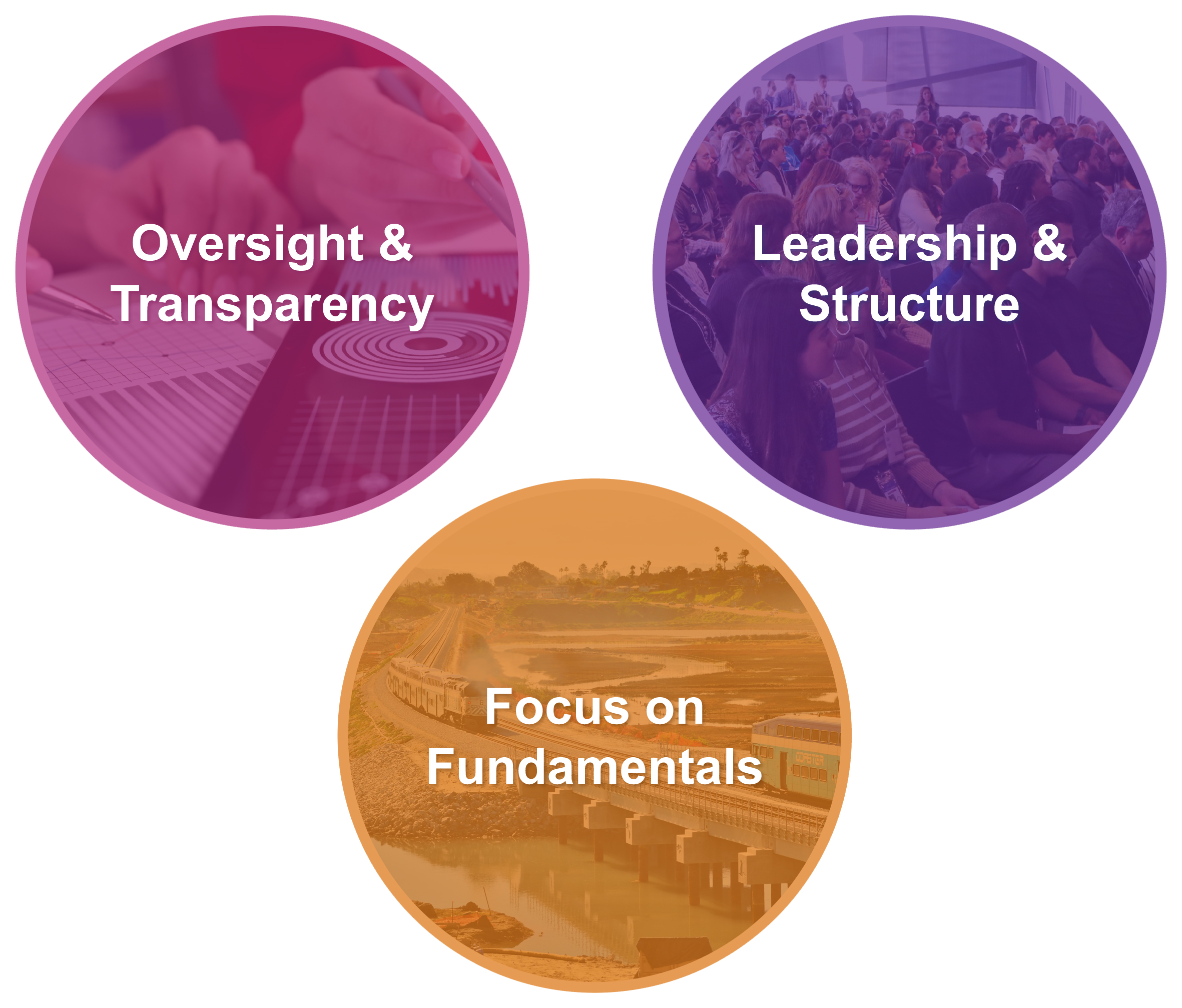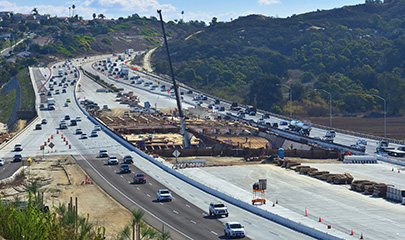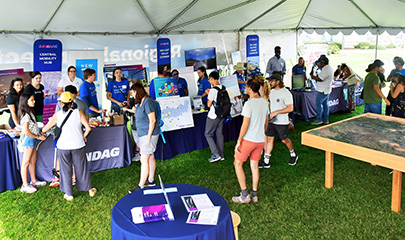

About the San Diego Region
More than 3.3 million people live in the San Diego region, spread among 18 cities, the County of San Diego, and 17 federally recognized tribes. We share our southern border with Mexico, the largest trading partner to both the United States and the State of California. For many people, frequent travel across the international border is essential for visiting family, going to work, shopping, and accessing medical care.
Our natural environment is marked by exceptional diversity, including coastlines, canyons, mesas, grasslands, forests, agricultural lands, and deserts. The region hosts strategically located sea and land ports of entry, the U.S. Navy’s prestigious Pacific Fleet, and several renowned higher education institutions. Our multifaceted economy is rooted in technology, research, national defense, and tourism.
About SANDAG
At SANDAG, we shape the future of the San Diego region by planning and building infrastructure, preserving the environment, providing local resources, and delivering the TransNet program.
SANDAG serves the region through several designations. In our primary roles as the Metropolitan Planning Organization (MPO) and Regional Transportation Planning Agency (RTPA), we are responsible for developing plans for how people and goods will move around the region.
Beyond planning, we are unique among MPOs in that we also design and build many of our projects. We offset our environmental impact and ensure that sustainability is at the heart of our efforts. SANDAG’s work also includes providing vital resources and programs that support residents across the region.
TransNet, the half-cent sales tax administered by SANDAG, helps fund everything from major corridor and bikeway projects to specialized transportation and local street improvements.
Our work is informed by data and our partnership with the public.
SANDAG is governed by a Board of Directors made up of publicly elected representatives from each of our local city councils and County Board of Supervisors. We collaborate with local governments, transit operators, community partners, neighboring regions, and state and federal agencies to deliver long-lasting solutions to the region's challenges.
Earning and maintaining the confidence of our residents and partners is the key to successfully bringing projects to life. Underlying this collaboration, three pillars serve as the foundation for our work:
- Oversight and Transparency: We are committed to strengthening public trust by being good stewards of taxpayer dollars and communicating clearly.
- Leadership and Structure: We are committed to making sure the organization of the agency sets us up to be efficient, agile, and aligned with our mandates.
- Focus on Fundamentals: We are committed to planning and delivering meaningful results through quality projects and programs.
By prioritizing partnership, transparency, accountability, and community-driven solutions, we are working to create a sustainable, connected, and thriving future for all.

Vision and Mission
Our Vision is pursuing a brighter future for all. Our Mission is to be the regional agency that connects people, places, and innovative ideas by implementing solutions with our unique and diverse communities. Learn about our commitment to equity and explore milestones from throughout SANDAG’s history.
Organizational Structure
Overall Authority, Responsibilities, and Mandates
SANDAG has several federal, state, and local designations that form the framework for what we do. Some of SANDAG’s most important designations include Metropolitan Planning Organization, Regional Transportation Planning and Fund Allocation Agency, San Diego Regional Consolidated Agency, Council of Governments, Regional Toll Authority, and others.
Learn more about our authority, responsibilities, and mandates.
Board and Committee Structure
The Board of Directors is made up of elected officials from the region’s 18 city councils and the County Board of Supervisors. As the governing body of the agency, the Board carries out various responsibilities mandated by the agency’s designations and sets agency direction, revises policies, and discusses priorities for budget resources. Representatives from various partner agencies serve on the Board as non-voting advisory members.
To help SANDAG address key public policy and funding responsibilities, the Board has delegated certain responsibilities to six Policy Advisory Committees (PACs) that are focused on distinct issue areas. All items delegated to the PACs are subject to Board ratification.
Learn more about our Board of Directors.
What We Do
Plan
SANDAG tackles regional issues in partnership with the communities we serve through a big-picture, coordinated approach. One of the primary roles of the agency is to plan the best ways to enhance the quality of life for everyone in our region for generations to come through transportation and infrastructure improvements.
The Regional Plan is a long-term planning document that is updated every four years to address the transportation, infrastructure, land use, housing and environmental needs of the region. It considers how we will grow, where we will live, how we will move around the region, and lays out a data-driven vision to achieve the near- and long-term goals of the region.
The plan aims to improve our region’s transportation network by balancing modes for people and goods, providing transit choices for today and the future, improving existing system infrastructure, and introducing access to new areas.
Learn more about the Regional Plan.
Build
In addition to planning, we bring design and build near-term and long-term infrastructure projects throughout the region. This process includes identifying partnerships and seeking funding opportunities.
TransNet, the half-cent sales tax administered by SANDAG, contributes to many of our capital projects.
Learn more about our projects and programs.
Preserve
At SANDAG, we’re committed to protecting our environment. It’s our job to make our communities better places to live. We’re preserving native habitats, protecting endangered species, reducing GHGs, addressing climate change, protecting wetlands and coastal lagoons, restoring sand to our beaches, and preserving thousands of acres of open space across the region. Our TransNet Environmental Mitigation Program is a model for other agencies on proactively protecting and conserving the environment while responsibly delivering critical transportation infrastructure.
Learn more about our environmental programs.






























